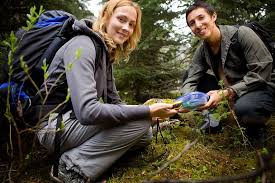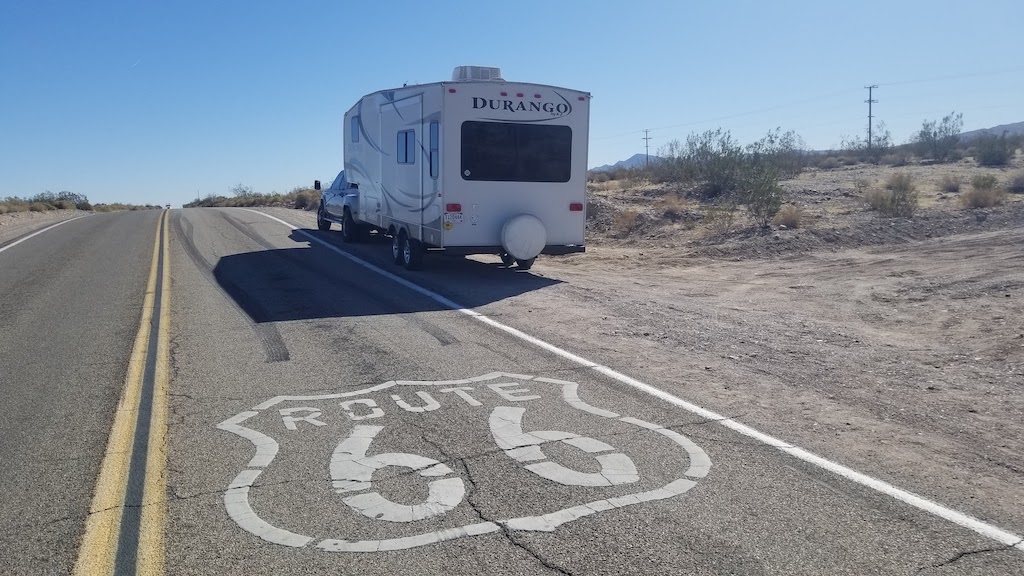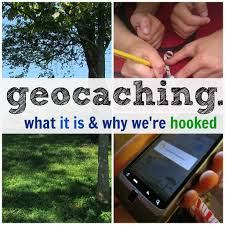Geocaching is the world’s largest treasure hunt. It’s like a grown-up version of the childhood scavenger hunt.

During our travels we found a few people interested in this fun exploring game that has everyone looking for hidden objects throughout the world. Geocaching is the world’s largest treasure hunt. It’s like a grown-up version of the childhood scavenger hunt. The high-tech treasure hunt combines GPS tracking with outdoor adventure, and it’s great fun for all ages.
There are more than 3 million objects hidden all around the world and not just parks and forests, but they can also be found in cities some are probably near you right now. With more than 200 geocaching organizations around the world, it’s safe to say that geocaching has caught on big time.
Geocaching is a way to learn about the environment and help clean it up. Cache in, trash out is a common activity. This is a great activity for friends to do together. It gets you out in nature because many times these geocaches are located in state and national parks, at the beach, or anywhere! The container might be hidden by some rocks, up a tree or even underwater!
Finding the Treasure

The object is to find the small treasure and replace it with something that you bring along like a little inexpensive trinket or toy such as a McDonald’s Happy Meal toy.
Occasionally you may be lucky enough to find a Travel Bug. A Groundspeak Travel Bug is a trackable metal tag that you attach to an item. This allows you to track your item on Geocaching.com. The item is carried from cache to cache (or person to person) in the real world and you can follow its progress on the website. You may also happen along the way and find a Geocoin. Geocoins look like elaborate coins or medallions and can also be tracked on Geocaching.com
How to Geocache
Follow these simple steps for a fun geocaching experience.
- Download the official app and/or create a membership on geocaching.com. Both are free and allow you to see the coordinates for geocaches near your home or wherever you are traveling.
- Choose a geocache to search for near you and before heading off make sure you bring a pencil and a little treasure to leave behind for others.
- Using the Geocaching app or a handheld GPS tracker, navigate to the coordinates.
- Search for the box. Geocache boxes can be anything, but they are usually small, weatherproof boxes made of metal, wood, or plastic. The cache will be hidden (but not buried) in a safe, non-intrusive place.
- When you find the box, there is usually a log book or sheet inside so that you can record your visit. There may also be small treasures–if you brought something to share, you can trade for what’s in the box. Just make sure to replace the treasure you take with something of equal or greater value.
- Always put the geocache back where you found it.
There are other games that are very similar to geocaching, but with a few differences. These include:
- Letterboxing: You search for boxes hidden in parks and forests, using clues from letterboxing websites. Each box contains a stamp and inkpad, which the finder uses to stamp their logbook (like a passport). They then place an imprint from their personal stamp into the letterbox’s logbook, recording their visit. The basics are that simple, but you’ll find plenty of nuances to keep you busy on a rainy or snowy day. Visit their website for information on how to get started – click here
- Waymarking: Waymarking involves finding and sharing interesting locations around the world. Waymarkers may discover these places unexpectedly on a vacation, or they may realize that an attraction near their home is worth sharing with people in other parts of the world. For more information click here.
It’s always a good idea to uphold the tradition on every geocaching adventure of picking up trash along trails and cleaning up areas where you find geocache boxes.
So get out there and start Geocaching! You’ll get to embark on new experiences, explore new locations, find new treasures and share your adventures with other campers along your journey.








